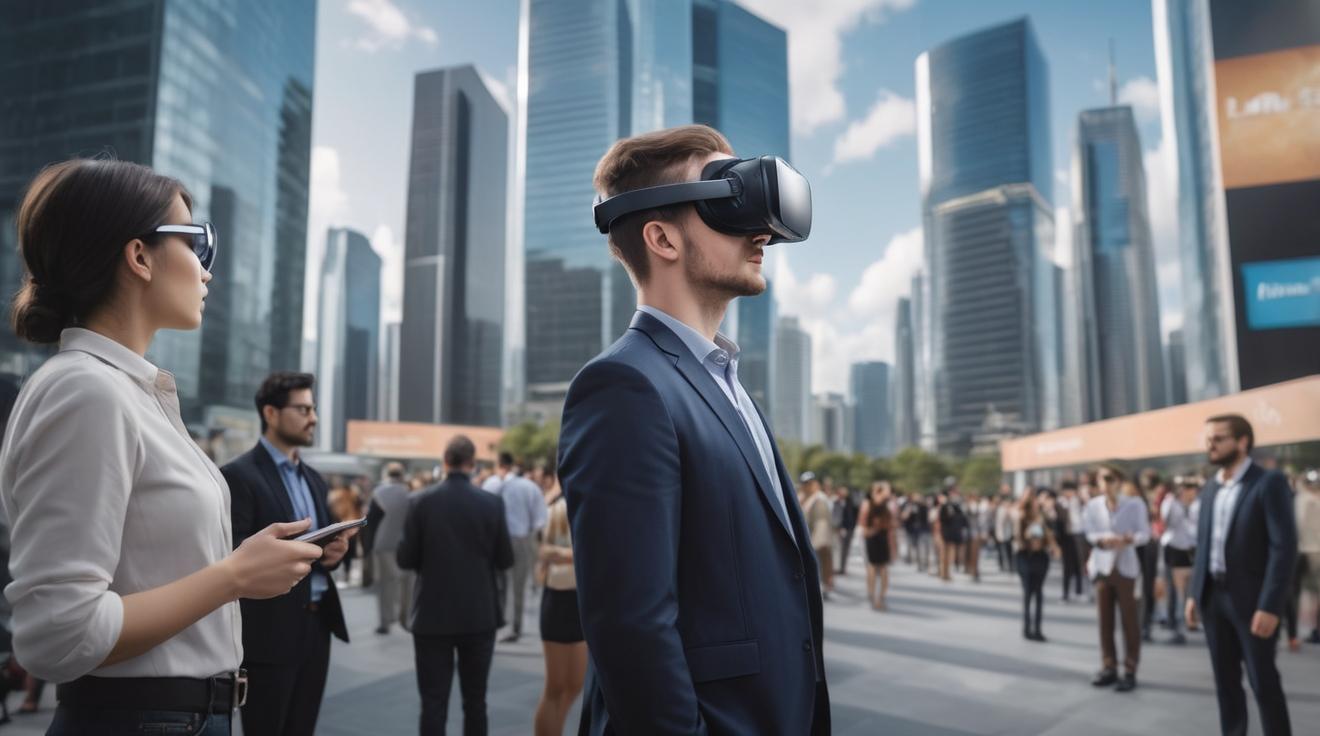Augmented Reality and Virtual Reality Market Analysis: The Future of Technology
Chicago, June 16, 2024 – The global augmented reality (AR) and virtual reality (VR) market is poised for substantial growth in the coming years. This article provides a comprehensive overview of the market, touching on its size, share, trends, and industry analysis. The data is derived from both primary and secondary research sources.
Market Overview
The Augmented Reality Market Size is projected to surge to USD 71.2 billion by 2028, up from USD 25.1 billion in 2023, growing at a CAGR of 23.2% during the period. Similarly, the Virtual Reality Market aims to achieve a size of USD 29.6 billion by 2028, rising from USD 12.9 billion in 2023, with a CAGR of 18.0%.
Market Drivers
- Proliferation of Smartphones
- Increasing Popularity of Gaming
- Cost-Efficient Benefits of AR/VR Solutions
- Adoption by Enterprises
Major Players
Google (US), Microsoft (US), Sony Group Corporation (Japan), META (US), SAMSUNG (South Korea), HTC Corporation (Taiwan), Apple Inc. (US), PTC Inc. (US), Seiko Epson Corporation (Japan), and Lenovo (China).
Market Segmentation
The global AR and VR market is segmented based on:
- Enterprise
- Technology
- Offering
- Device Type
- Application
- Region
The enterprise segment is anticipated to maintain its lead, while the consumer segment will witness significant growth driven by broader adoption across various consumer applications.
Regional Market Analysis
North American AR & VR Market Trends
The North American market, encompassing the United States, Canada, and Mexico, has emerged as a leader in embracing AR and VR technologies. In 2022, North America accounted for the largest share in the AR market, significantly boosted by enterprise applications that enhance productivity and accuracy.
In the same year, North America also dominated the VR market in terms of revenue, fueled by applications in consumer electronics. Major industries such as aerospace & defense, healthcare, consumer goods, and commercial sectors are increasingly adopting VR technologies.
Private Equity Investments
North America leads in private equity investments, with more than 95% of investments concentrated in AR & VR technologies. A notable beneficiary is Magic Leap (US), receiving significant investments from companies like Google (US).
APAC Market Growth
China, a rapidly expanding economy, spearheads the AR & VR adoption in the APAC region. Boasting a large consumer electronics market and numerous startups, China has seen consistent growth in retail sales of AR & VR-related goods. The VR and AR theme park by Landmark Entertainment Group (US) underlines China’s commitment to these technologies.
The nation is set to lead in mobile-based AR & VR adoption, driven by a vast mobile user base and high population density. Moreover, firms focusing on video and gaming content will play a crucial role in market expansion. China's strong stance in patent activities is evidenced by Samsung’s filings with China's National Intellectual Property Administration (CNIPA).
Policy Developments
In November 2023, China introduced the nation’s first national-level policy for the development of metaverse technologies, including VR, AR, and MR. The policy, detailed in the Virtual Reality and Industry Application Integration Development Action Plan (2022-2026) by the Ministry of Industry and Information Technology (MIIT), aims to foster growth in these sectors.
Stay tuned for more updates on the dynamic world of AR and VR technologies.













